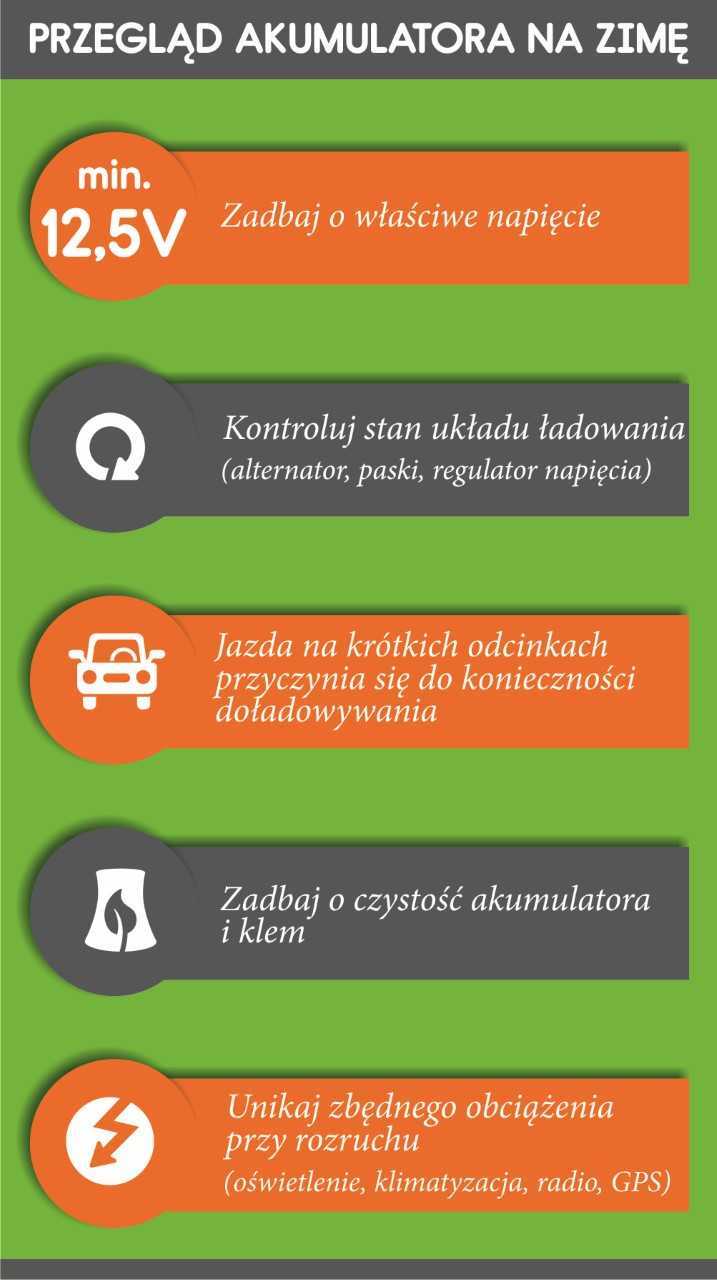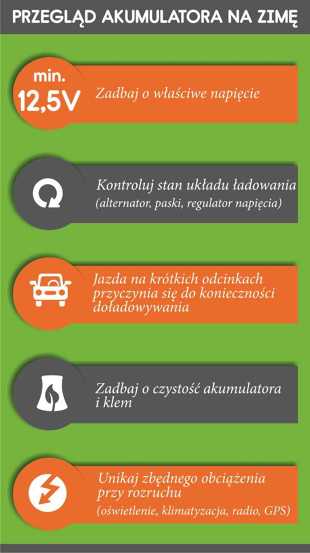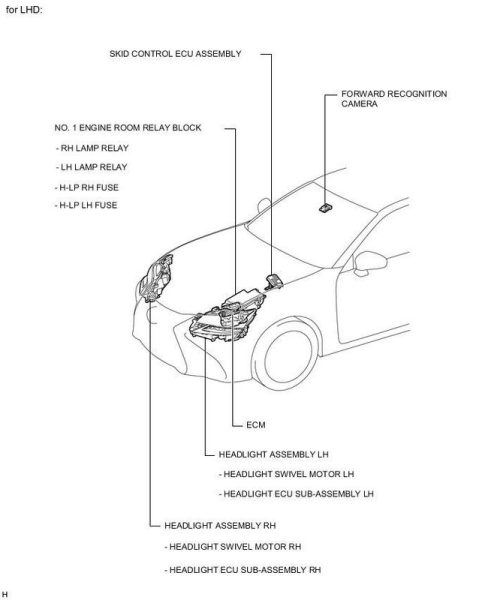
Take care of your battery before winter
 The first snow for drivers usually causes concern. The reason for their concern is the battery, which does not like low temperatures. To avoid embarrassing and stressful road situations, it is better to take care of the car battery in advance.
The first snow for drivers usually causes concern. The reason for their concern is the battery, which does not like low temperatures. To avoid embarrassing and stressful road situations, it is better to take care of the car battery in advance.
The battery does not like frost
At sub-zero temperatures, each battery loses its capacity, i.e. ability to store energy. So, at -10 degrees Celsius, the battery capacity drops by 30 percent. In the case of cars with high energy consumption, this problem is especially acute. Moreover, in winter we consume more energy than in the warm season. Outdoor lighting, car heating, windows, and often the steering wheel or seats all need power.
Energy costs are additionally higher for short distances and snail traffic in traffic jams, and this is not difficult, especially when the road is covered with snow. The alternator then fails to charge the battery to the correct level.
In addition to cold temperatures, occasional use and short trips, vehicle age also affects battery starting power. This is due to corrosion and sulfation of the batteries, which interfere with proper charging.
If we put an additional load on the battery, after a while it may be discharged to such an extent that we cannot start the engine. Experts warn that it is impossible to completely discharge the battery. In a discharged battery left in the cold, the electrolyte may freeze and the battery may even be completely destroyed. Then it remains only to replace the battery.
Wise Pole from trouble
 Preparing for winter should begin with checking the car's electrical system. With an effective and properly regulated voltage, the voltage should be between 13,8 and 14,4 volts. This will force the battery to replenish energy without the risk of overcharging. A recharged battery wears out quickly.
Preparing for winter should begin with checking the car's electrical system. With an effective and properly regulated voltage, the voltage should be between 13,8 and 14,4 volts. This will force the battery to replenish energy without the risk of overcharging. A recharged battery wears out quickly.
The next step is to check the battery itself.
“We need to pay attention to its general condition, as well as tickets, clamps, whether they are well tightened, whether they are properly secured with technical vaseline,” explains Marek Przystalowski, vice president of Jenox Accu, and adds that, contrary to popular belief, it is not worth frosty days take the battery home at night.
“And technology has stepped forward, and we are not afraid of such winters as several years ago,” says Marek Przystalowski.
A dead battery does not mean that we have to go to the service immediately. The engine can be started by pulling electricity from another vehicle using jumper cables. That is why you should always have them with you. Even if they are not useful to us, we can help other drivers in a hopeless situation. Starting with cables, we must remember a few rules. First of all, before connecting them, make sure that the electrolyte in the battery is not frozen. If this happened, we will not avoid the exchange.
Voltage under control
- Before, if possible, let's also check the battery voltage, and, if possible, the density of the electrolyte. We can do it ourselves or on any site. If the voltage is below 12,5 volts, the battery should be recharged,” explains Pshistalovsky.
When charging with current from another car, do not forget to connect the red wire to the so-called positive terminal, and the black wire to the negative terminal. The sequence of actions is important. First connect the red cable to the working battery and then to the vehicle where the battery is dead. Then we take the black cable and connect it not directly to the clamp, as in the case of the red cable, but to the ground, i.e. to a metal unpainted element of the “recipient” vehicle, for example: an engine mounting bracket. We start the car, from which we take energy and after a few moments we try to start our vehicle.
However, if the battery life after recharging is short, you should contact the appropriate service center for a complete diagnosis of both the electrical system and the battery itself.
The cause of battery death may be poor operation - constant undercharging or overcharging. Such a test can also show if a short circuit has occurred in the battery. In this case, there is no need to repair it, you will have to replace it with a new one.
When buying a new battery, be sure to leave the old one with the seller. This one will be reworked. Everything the battery is made of can be recycled up to 97 percent.
